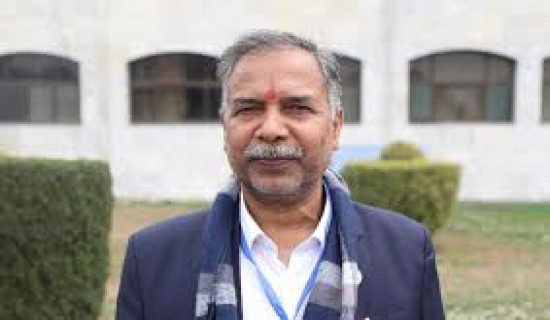- Friday, 6 June 2025
Media Role In Public Diplomacy
The primary goal and priority of the foreign policy of any country is to protect the national interest. In the realist school of international relations, foreign policy is the strategy, whereas diplomacy is one of the tools a country applies to protect and serve its national interest. Diplomacy is international negotiation, which is the communication system between two or multiple stakeholders that can be both states and non-state actors. The more effective the communication is, the stronger diplomacy becomes, which achieves the foreign policy goal set by the state more efficiently and quickly.
Communication is transmitting messages. There are always four components in communication. The first is the message itself and the second is the one that transmits the message. The third is the receiver of the message, while the fourth component is the medium through which messages are transmitted. Communication occurs only when one transmits the message in a correct way and in an appropriate language and medium, which is received by the other end correctly. If the other end receives or understands the message correctly or in a way the sender intended to convey is communication, it will be effective and successful communication. If the receiver does not correctly receive the message or understand it otherwise, that turns out to be miscommunication.
Miscommunication
Miscommunication occurs when the sender fails to use the correct language and medium to send the message. In such a case, there is a chance of miscommunication. In diplomacy, too, sometimes miscommunication occurs that creates misunderstanding between countries or parties that may even lead to conflict. In that case, the entire purpose of diplomacy gets defeated. Diplomacy has multiple approaches, of which public diplomacy is more in vogue in the present world. The classical approach of diplomacy is often coercive, which includes pressure, threat and eventually war. In classical diplomacy, military power, political clout and economic strength play a strong role. However, in the modern era, public diplomacy has earned more currency than other approaches in which communication and media play a better role.
Public diplomacy has multiple dimensions and stakeholders. According to Kishan S Rana, an Indian scholar and diplomat, the civil society, academics, think tanks, business community and their representative organisations, social and voluntary organisations, non-governmental organisations and other public and social bodies are the actors of public diplomacy and they play a role in diplomacy. Public diplomacy is an instrument to reach out to the multiple stakeholders and other components that can influence authorities and other concerned agencies and people. Media is a strong tool in public diplomacy through which governments and diplomats convey messages and it helps understand the position and perspective of the parties at the negotiating table.
Effective communication is an art with which a diplomat must be skilled and well-versed. Former US assistant secretary of state Carol C. Laise, who also served as an American ambassador to Nepal, is of the view that strong communication skill is a must for effective diplomacy to pursue national interests more effectively. In the classical and coercive diplomacy, harsh methods like the use of military force, sanctions and other forms of coercive approaches are used to achieve the foreign policy goal and protect ‘national interest’. However, these harsh and coercive approaches may not always yield positive results; instead, such methods can sometimes be detrimental and counterproductive.
The use of force has a lot of risk and can, in certain cases, boomerang. Soviet Union’s invasion in Afghanistan in 1979 proved costly that ultimately proved to be one of the principal causes for the disintegration of the Soviet Union. Similarly, the Vietnam War in 1955-1975, the US attack in Iraq and the invasion in Afghanistan against the Taliban in 2001 also proved to be detrimental for the United States. These are some of the instances wherein war and coercive methods proved to be harmful in international relations.
It is said that both parties in war lose, while all stakeholders and actors turn out to be the ultimate winners in peaceful negotiation and a peaceful solution through the use of diplomacy. It is public diplomacy that emphasises persuasion and negotiation, which has no risk but can be a win-win for all parties concerned. Thus, war is the least and last resort in international relations. There is no risk in peaceful diplomacy and negotiation and it ensures a win-win situation. Public diplomacy has been an effective tool to achieve the goal of foreign policy.
In the new age of media and technological advancement, the nature of diplomacy has seen a great change. There used to be days when the foreign ministries and embassies were the only channels of communication (diplomacy). Gone are the days of depending solely on the traditional mode of diplomacy. Modern technology has changed human behaviour as well as human activities, including communication and diplomacy. The role of a diplomat has also changed. Multiple stakeholders and actors have come up in the arena of international relations through which negotiations can be facilitated for better achievement in diplomacy.
Powerful tool
Media has been a powerful tool in diplomacy through which the states or non-state actors reach out to their counterparts and the greater mass in a quicker, effective and clearer way. Now, the governments can state their position on certain issues through the media and it is instantly known everywhere in the world, bringing about transformation in the world of communication. Even embassies or physical presence may be irrelevant one day in the future as the foreign ministries can directly communicate through new digital communication channels. Artificial intelligence may replace the physical presence of diplomats.
The role of media has expanded hugely, so has also impacted the field of diplomacy. This is the age of public diplomacy in which the role of the media is crucial. A diplomat is also like a journalist and media person as both of their role are to communicate and create public discourse. While journalists or media persons secure information and disseminate it to the larger mass, the diplomats communicate and reach out to their counterparts and other targeted audiences to have the upper hand in formal negotiations. Unlike a journalist, a diplomat is a generalist who has to have general knowledge of all sectors. Thus, the role of a diplomat in the present media age is like a communicator and media person, who needs to communicate better and more effectively.
(The author is former chief editor of this daily and former ambassador. lamsalyubanath@gmail.com)



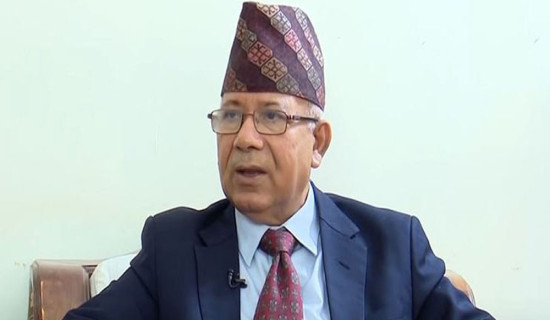
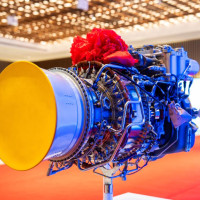
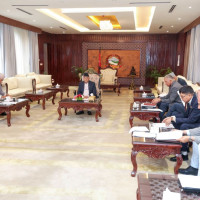
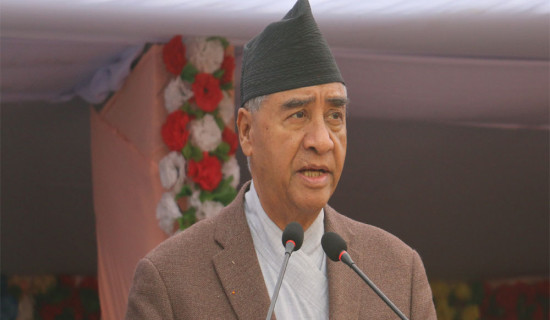
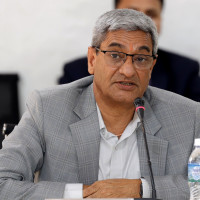
-square-thumb.jpg)
